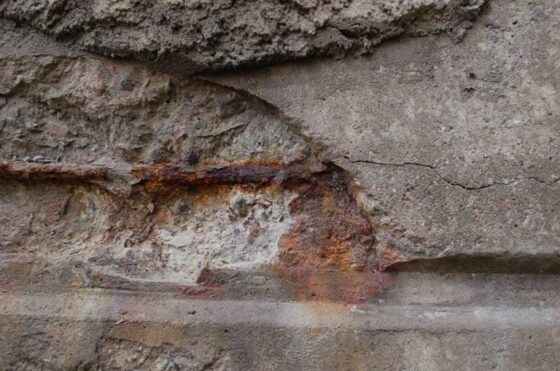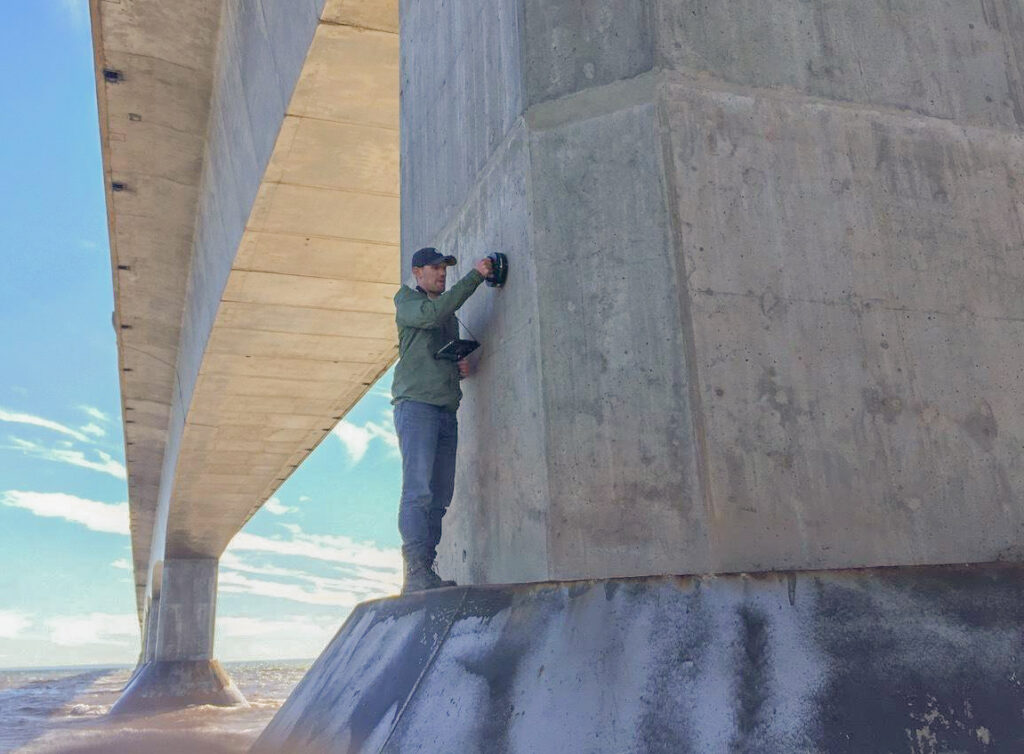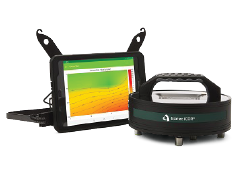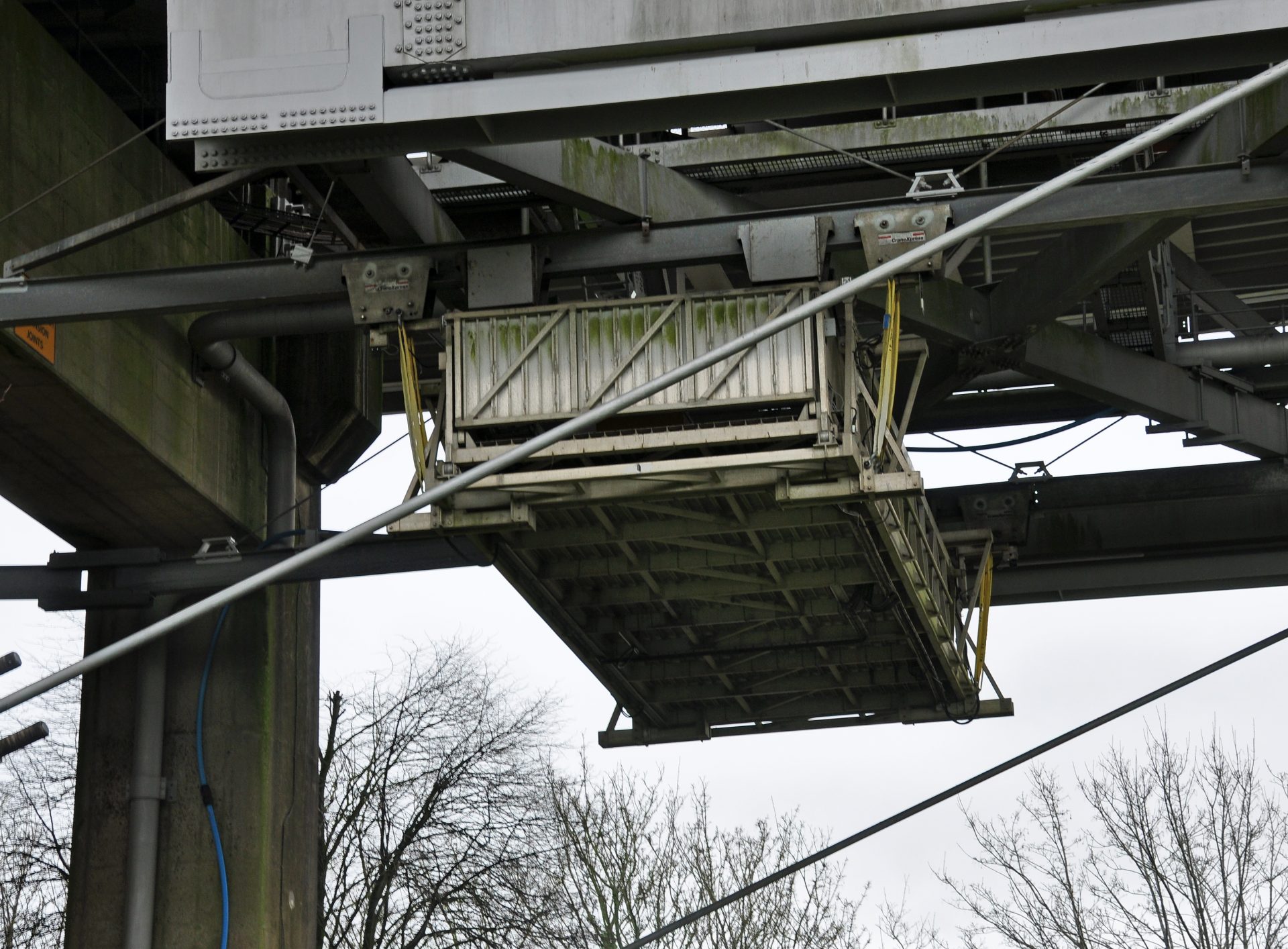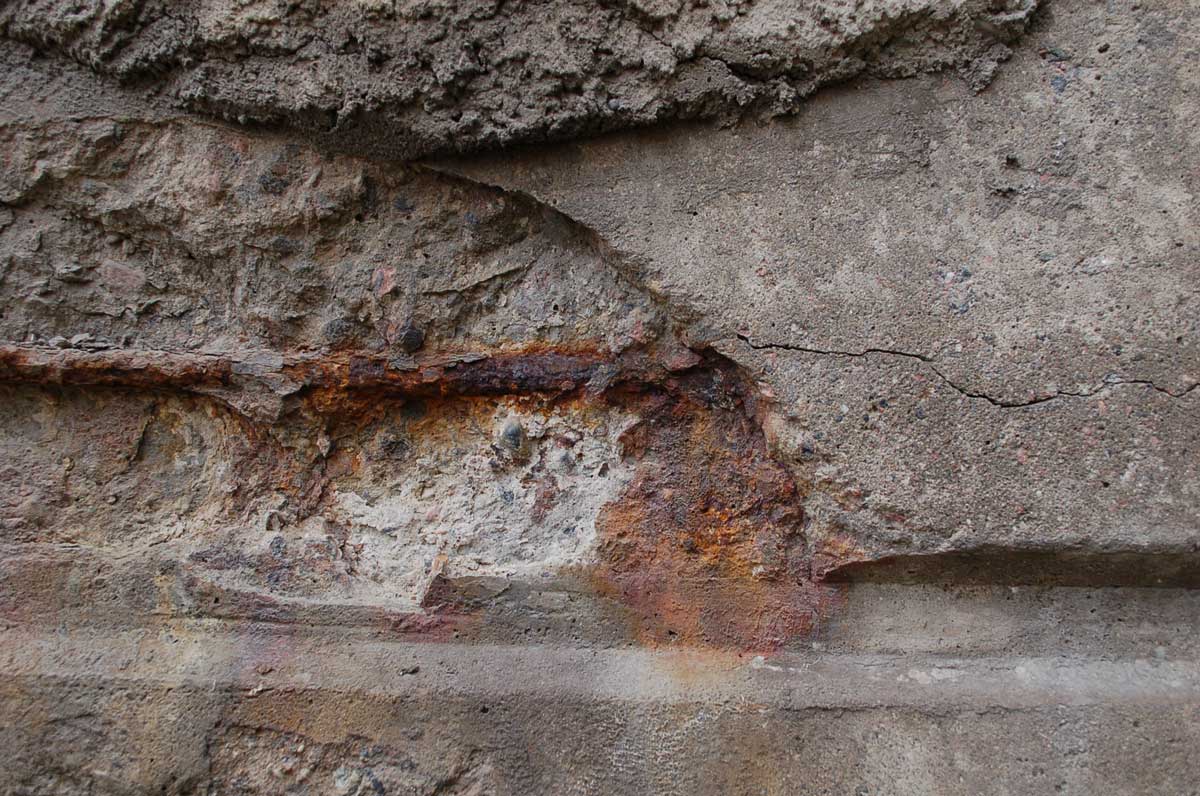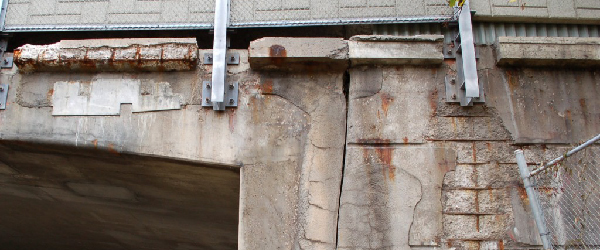
Concrete Corrosion Repair of Reinforced Structures: Prevention and Methods
The strenuous job of planning a reinforced concrete structure does not end after your project is complete. Concrete structures can be exposed to elements like salt water, CO2 and chloride, which can penetrate the concrete all the way to the steel reinforcement, resulting in corrosion. If corrosion is not properly monitored and managed, the durability of the structure begins to weaken, which has serious safety risks. The risks and rate of corrosion increase the longer a building, bridge, or dam is around. So, it is especially important to test and maintain them when needed. In this blog, we will discuss the importance of the repair of reinforced concrete, as well as new methods that can generally contribute to concrete corrosion repair. Cracks in Concrete A lot of corrosion can go completely unnoticed. Often, if you see corrosion, it is too late for simple repairs, and rebuilding may be necessary. However, sometimes non-structural cracks may appear, which may not pose any safety risks at first. Although not immediately dangerous, there are a couple of reasons you might want to repair these cracks. The first reason is simply that they make the structure look unsafe and unattractive. The second reason is that…
